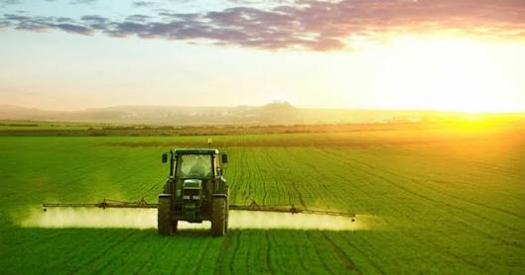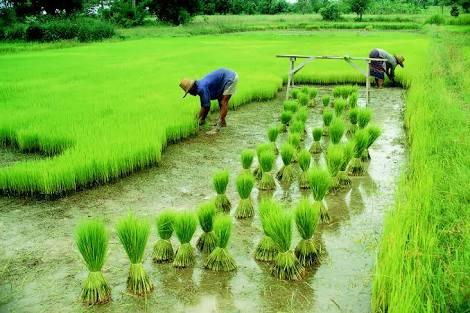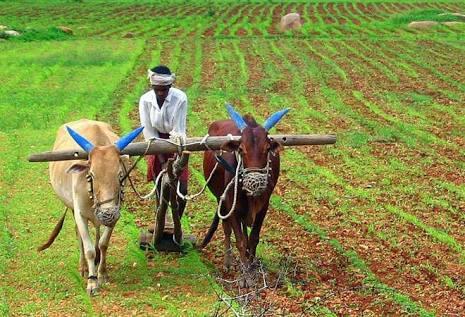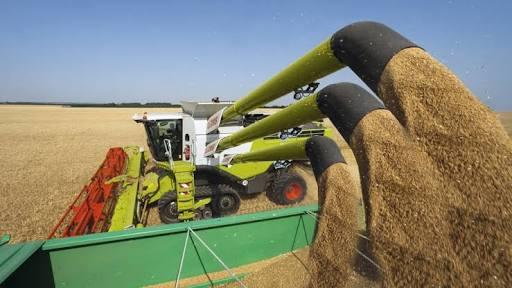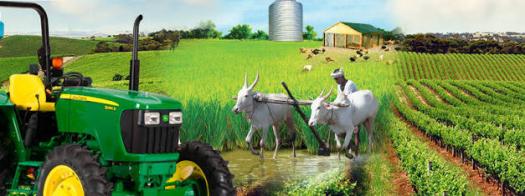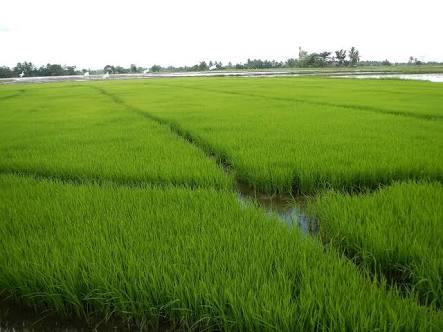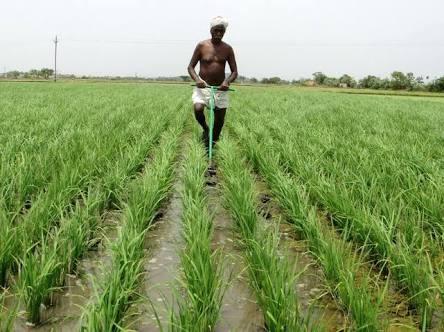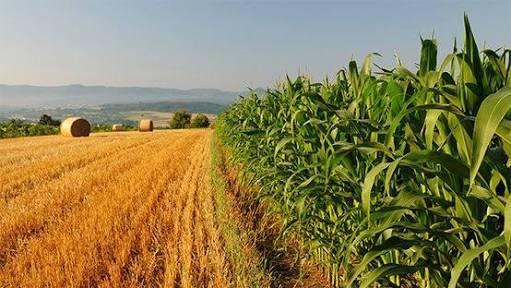Are You An Expert When IT Comes To Agriculture?

We need to eat to survive our daily lives, some certain steps or stages that take place before a food can become edible, this is called agriculture which houses, farming, rearing and cultivating plants and animal to feed or beautify our homes, take quiz to test your knowledge on agriculture
- 1.
In the middle ages, agriculture was transformed with improved techniques and the diffusion of crops plants, including the introduction of sugar, rice, cotton, and fruit trees, which race was responsible for this?
- A.
Islamic word and Europe
- B.
Europe and Latin
- C.
Asia and America
- D.
None of the above
Correct Answer
A. Islamic word and EuropeExplanation
During the Middle Ages, agriculture underwent significant changes and advancements, including the introduction of new techniques and the spread of various crops. This transformation was brought about by the Islamic world and Europe. The Islamic world played a crucial role in the diffusion of crops such as sugar, rice, cotton, and fruit trees through their extensive trade networks and agricultural knowledge. Europe, on the other hand, adopted and further developed these techniques and crops, contributing to the overall transformation of agriculture during that time.Rate this question:
-
- 2.
The moving of herds of livestock from one place to another in search of pasture, fodder, and water can be referred to as?
- A.
Foraging
- B.
Cultivation
- C.
Animal Husbandry
- D.
Pastoralism
Correct Answer
D. PastoralismExplanation
Pastoralism refers to the practice of moving herds of livestock from one place to another in search of pasture, fodder, and water. This practice is commonly followed by nomadic or semi-nomadic societies who rely on animal husbandry for their livelihood. It involves the management and care of animals for their products such as milk, meat, and wool. Pastoralism is an important economic activity in many regions around the world, particularly in arid and semi-arid areas where agriculture may not be feasible.Rate this question:
-
- 3.
The usage of the small area of a forest which is cleared by cutting down all the trees and burning the area, such land is used for growing crops for several years, this is referred to as?
- A.
Shifting cultivation
- B.
Afforestation
- C.
Bush burning
- D.
Deforestation
Correct Answer
A. Shifting cultivationExplanation
Shifting cultivation refers to the practice of clearing a small area of forest by cutting down all the trees and burning the area. This land is then used for growing crops for a few years before being abandoned and left to regenerate. It is a traditional agricultural practice used by indigenous communities in many parts of the world. Shifting cultivation allows for the replenishment of nutrients in the soil and is considered a sustainable farming method when practiced in moderation.Rate this question:
-
- 4.
When the soil becomes less fertile, its abandoned and another patch is selected and the process is repeated, this type of farming is practiced mainly where there is?
- A.
Oil Spillage
- B.
Erosion
- C.
Excessive rainfall
- D.
Land availability
Correct Answer
C. Excessive rainfallExplanation
This type of farming is practiced mainly where there is excessive rainfall. When the soil becomes less fertile due to excessive rainfall, it becomes difficult to grow crops effectively. As a result, farmers abandon the soil and select another patch for farming. This cycle is repeated due to the adverse effects of excessive rainfall on soil fertility.Rate this question:
-
- 5.
A practice whereby farm produce are cultivated for family and local needs with the leftover transported elsewhere are called?
- A.
Local farming
- B.
Cash crop farming
- C.
Arable farming
- D.
Subsistence farming
Correct Answer
D. Subsistence farmingExplanation
Subsistence farming refers to a practice where farm produce is cultivated primarily for the purpose of meeting the needs of the farmer's family and the local community. Any surplus or leftover produce may be transported or sold elsewhere, but the main focus is on sustaining the farmer's own livelihood rather than commercial profit. This type of farming is common in areas where access to markets or resources for large-scale agriculture is limited.Rate this question:
-
- 6.
A situation whereby crops are cultivated for commercial purposes such as selling, the farmer motive is to make a profit, what type of farming is this?
- A.
Subsistence
- B.
Intensive
- C.
Aquiculture
- D.
Arable
Correct Answer
B. IntensiveExplanation
The given situation describes a type of farming where crops are cultivated for commercial purposes with the intention of making a profit. This aligns with the concept of intensive farming, which involves maximizing agricultural production through the use of advanced techniques, large amounts of capital, and high levels of labor and input. In contrast, subsistence farming focuses on producing enough food for the farmer's own consumption, aquiculture refers to the cultivation of aquatic organisms, and arable farming involves the cultivation of crops on arable land.Rate this question:
-
- 7.
Cropping systems vary among depending on the available resources and constraints, geography and climate of the farm government policy and?
- A.
Social pressures
- B.
Political pressure
- C.
Philosophy and farmer culture
- D.
All of the above
Correct Answer
D. All of the aboveExplanation
Cropping systems vary depending on various factors such as available resources, constraints, geography, climate, government policy, social pressures, political pressure, philosophy, and farmer culture. These factors influence the decision-making process of farmers in selecting the appropriate cropping system for their farms. Therefore, all of the options mentioned - social pressures, political pressure, philosophy, and farmer culture - can play a role in determining the cropping systems used on a farm.Rate this question:
-
- 8.
A system whereby forests are burnt, releasing nutrients to support the cultivation of annual and then perennial crops for a period of several years is?
- A.
Ornamental
- B.
Subsistence
- C.
Arable
- D.
Slash and burn
Correct Answer
D. Slash and burnExplanation
Slash and burn is a system where forests are intentionally burned to release nutrients into the soil. This process supports the cultivation of annual and then perennial crops for a few years. It is a traditional agricultural practice used in areas with nutrient-poor soils. The burning of the vegetation helps clear the land and provides essential nutrients for crop growth. However, this method can lead to deforestation and soil degradation if not managed sustainably.Rate this question:
-
- 9.
Animal husbandry does not only refers to the breeding and raising or animals for meat or to harvest animal products on a continual basis, but?
- A.
To breed
- B.
Care of species
- C.
Work and companionship
- D.
All of the above
Correct Answer
D. All of the aboveExplanation
Animal husbandry refers to the practice of breeding and raising animals for various purposes, such as obtaining meat or harvesting animal products. However, it is not limited to just these activities. Animal husbandry also involves the care and management of different species, ensuring their well-being and health. Additionally, animals can be used for work purposes, such as in agriculture or transportation, and can also provide companionship to humans. Therefore, the correct answer is "All of the above" as it encompasses all the mentioned aspects of animal husbandry.Rate this question:
-
- 10.
A practice in agriculture whereby soil is plow for planting or for nutrient incorporation or for pest control is?
- A.
Cultivation
- B.
Tillage
- C.
Bush Burning
- D.
Deforestation
Correct Answer
B. TillageExplanation
Tillage is the correct answer because it refers to the practice of plowing or turning over the soil in agriculture. This is done to prepare the soil for planting crops, incorporate nutrients into the soil, or control pests. Tillage helps to loosen the soil, improve its structure, and create a favorable environment for plant growth. It is an essential step in many agricultural practices and is commonly used to prepare the land for planting.Rate this question:
-
Quiz Review Timeline +
Our quizzes are rigorously reviewed, monitored and continuously updated by our expert board to maintain accuracy, relevance, and timeliness.
-
Current Version
-
Mar 22, 2023Quiz Edited by
ProProfs Editorial Team -
Nov 06, 2017Quiz Created by
Jaksiboy
 Back to top
Back to top




